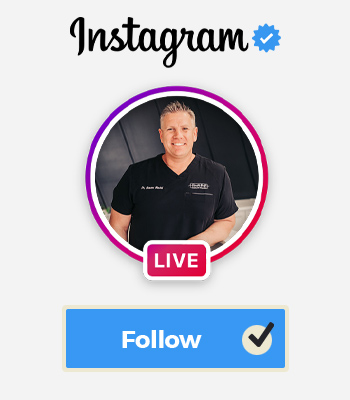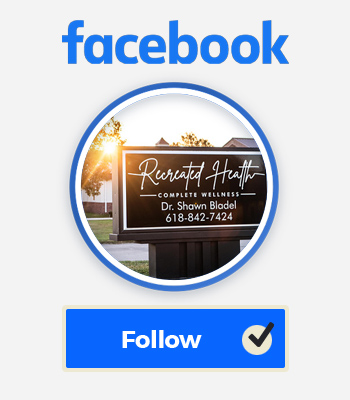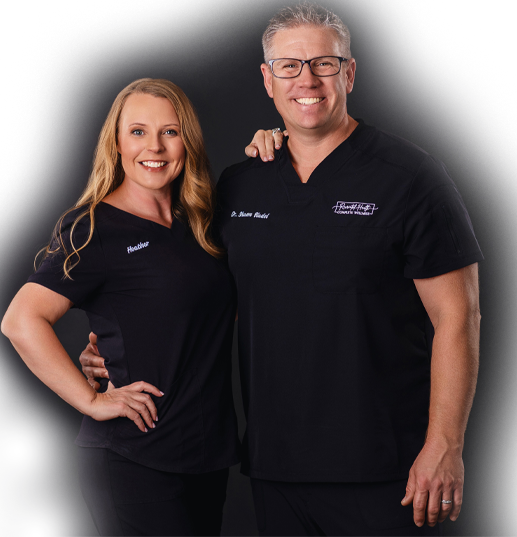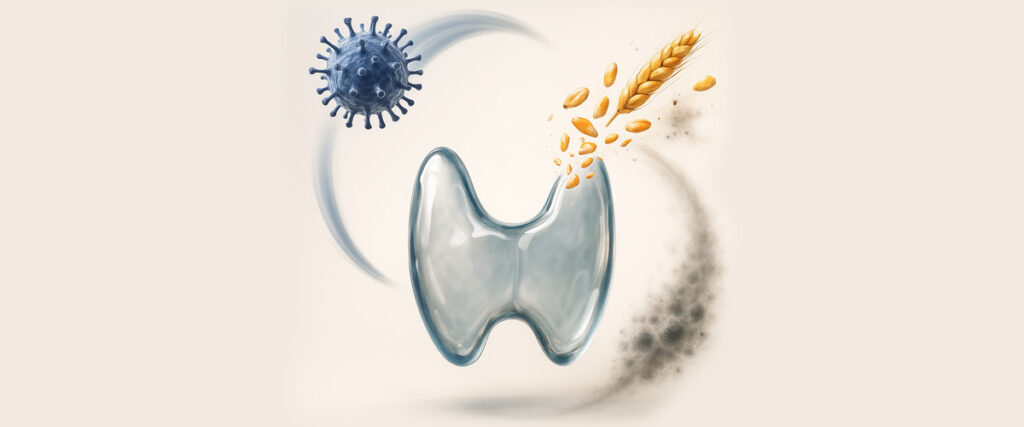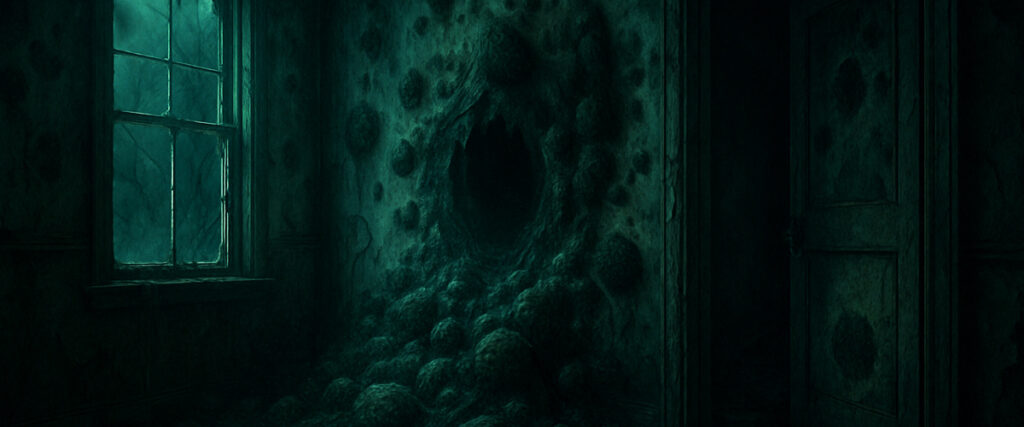Never Use Bleach on Mold (Do This Instead)
Education only—not medical or environmental advice. Hidden or widespread mold requires a qualified mold-remediation professional.
TL;DR
- Skip bleach. It rarely reaches mold roots in porous materials and can trigger more spore/mycotoxin release into the air.
- Better options: 3% hydrogen peroxide, undiluted white vinegar, or a tea tree oil spray (1 tsp per 1 cup water)—used correctly.
- Fix the source (leaks/humidity), dry to 40–50% RH, ventilate, and use HEPA + carbon filtration.
- If symptoms persist or exposure is suspected, consider urine mycotoxin testing and consult qualified pros.
Why Bleach Makes Mold Problems Worse
- Mold is a living fungus with roots (hyphae) that burrow into porous surfaces (drywall, wood, fabrics).
- Bleach can bleach the stain on the surface but leave the root system alive—allowing quick regrowth.
- When threatened, mold can aerosolize spores and release mycotoxins, worsening air quality and symptoms (fatigue, brain fog, sinus issues, immune flare-ups).
What Actually Works (Surface-Level, Small Areas)
Wear gloves, eye protection, and at minimum a well-fitting mask/respirator. Open windows. Do not mix products.
1) Hydrogen Peroxide (3%)
- Spray generously on the affected area.
- Dwell: ~15 minutes.
- Wipe with disposable towels.
- Repeat once if needed.
2) White Vinegar (Undiluted)
- Pour into a spray bottle; do not dilute.
- Spray thoroughly; dwell 10–15 minutes.
- Wipe away. Helps inhibit regrowth.
3) Tea Tree Oil (No-Scrub Favorite)
- Mix 1 tsp tea tree oil in 1 cup room-temp water.
- Spray to saturate and let dry—no rinsing.
- Reduces agitation from scrubbing and helps prevent recurrence.
Water temp: Keep it room temperature (not hot). Heat can agitate mold and promote spread.
Important safety:
- Do not combine vinegar and peroxide in the same bottle (creates peracetic acid, an irritant).
- Always test on a small, inconspicuous area first (some finishes can discolor).
Stop It From Coming Back (Root-Cause Fixes)
- Moisture & leaks: Identify and repair roof, plumbing, or foundation leaks immediately.
- Dry the space: Use dehumidifiers to maintain 40–50% relative humidity (too dry can irritate airways).
- Ventilate: Open windows briefly each week—even in winter—to refresh indoor air.
- Filter: Use an air purifier with HEPA (captures spores/particulates) and activated carbon (adsorbs VOCs/mycotoxins).
- Remove contaminated materials: Cut out and discard water-damaged drywall, insulation, carpets, padding, and warped wood; treat remaining framing, dry fully, then replace.
If the growth is extensive, hidden, or keeps returning—call a certified mold remediation professional.
Health Angle: When to Test Your Body
If exposure or symptoms suggest mold toxicity, a urine mycotoxin panel can help identify likely offenders and guide a detox plan (plus home changes and diet cleanup). Pair testing with a clinician who understands environmental illness.
Quick Starter Checklist
- Skip bleach; choose peroxide, vinegar, or tea tree correctly
- PPE on; windows open; don’t mix products
- Fix leaks; dry the area; 40–50% RH
- Add HEPA + carbon air purification
- Remove and replace water-damaged materials
- Consider urine mycotoxin testing and pro assessment if needed
FAQ
Can I just paint over it with primer/sealer?
No. That hides discoloration but doesn’t remove mold or spores. Fix moisture, remove damaged materials, then rebuild.
What if the mold is on a couch or clothing?
Soft, porous items are hard to decontaminate thoroughly. When in doubt—discard or seek specialized cleaning.
When should I bring in professionals?
If growth is widespread, recurrent, smells musty behind walls, or anyone in the home has worsening health symptoms, get a qualified remediator.








